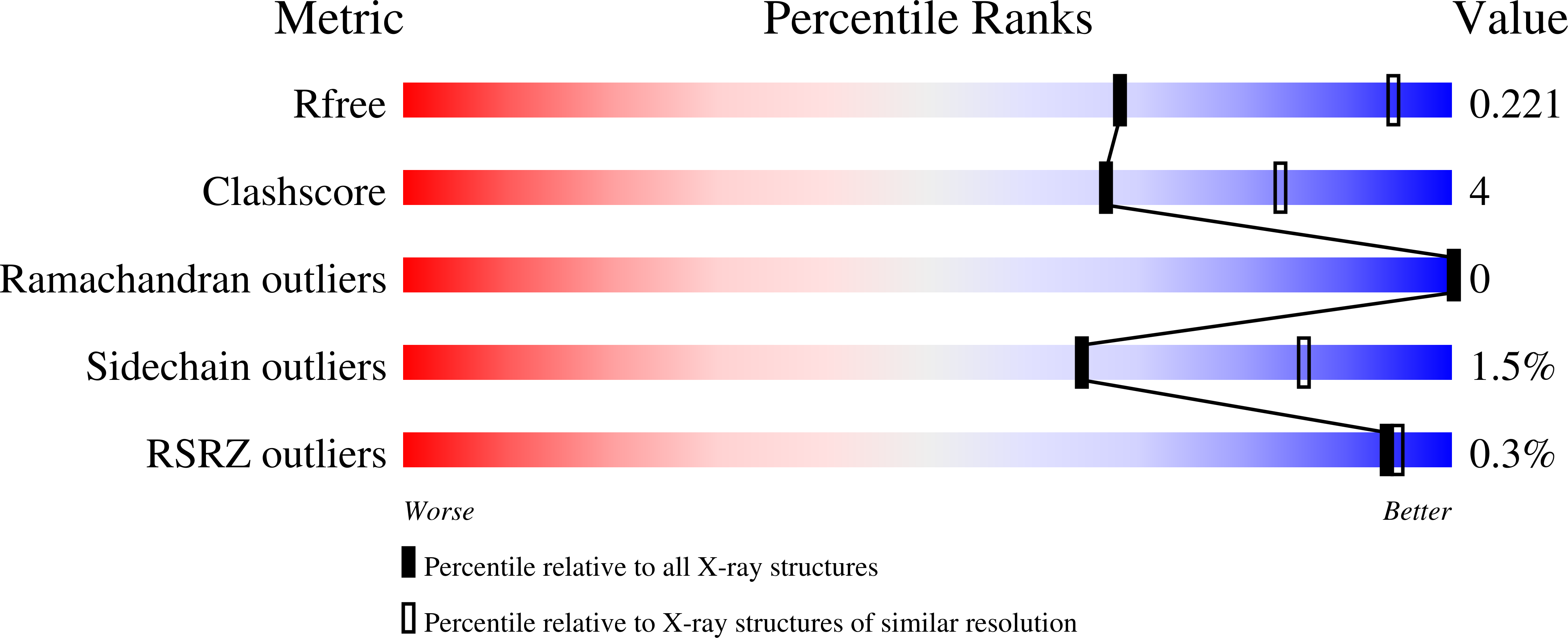
Deposition Date
2015-09-18
Release Date
2015-12-30
Last Version Date
2024-10-23
Entry Detail
PDB ID:
5DTL
Keywords:
Title:
Crystal structure of mEos2-A69T fluorescent protein
Biological Source:
Source Organism:
Lobophyllia hemprichii (Taxon ID: 46758)
Host Organism:
Method Details:
Experimental Method:
Resolution:
2.70 Å
R-Value Free:
0.23
R-Value Work:
0.21
R-Value Observed:
0.21
Space Group:
P 1


